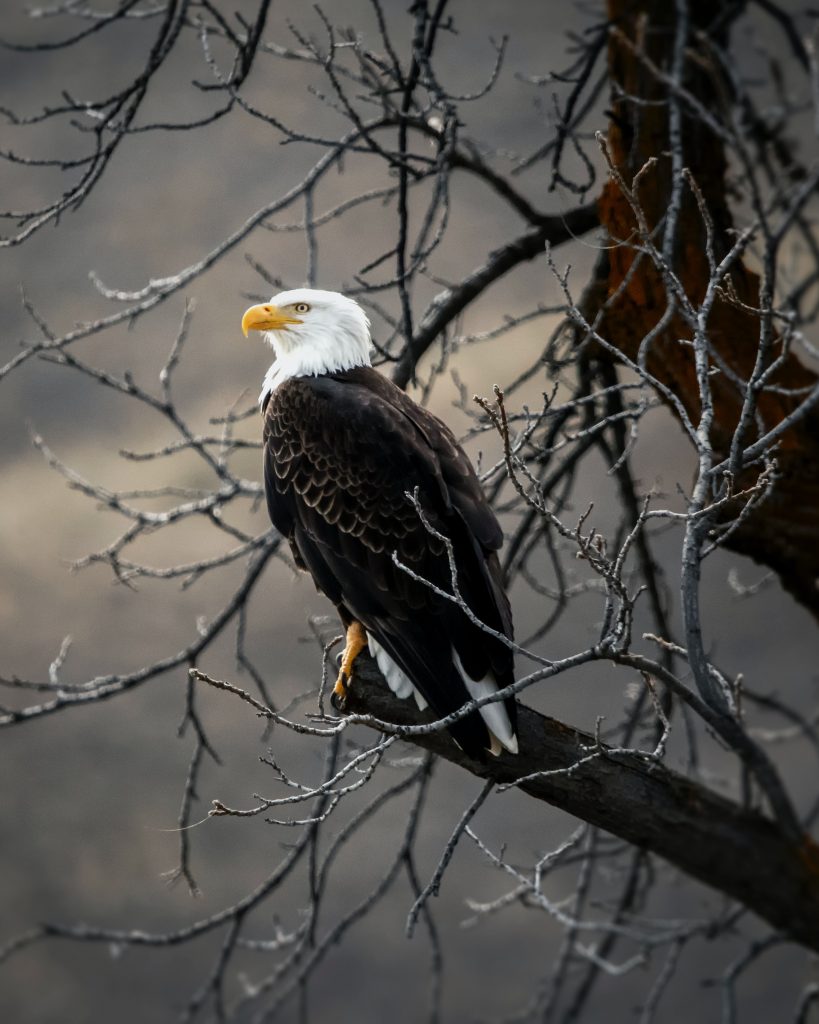Jaguar guide: how to identify, where to see
Jaguar guide: how to identify, where to see Jaguar Fact File: The Jaguar is the third-largest cat in the world and the largest in the Americas. Length-wise, they are 240cm in length and in shoulder height; they are 75cm. The Jaguar lives across South America and Central America. They are an endangered species and there are continuous efforts to save the 34 jaguar subpopulations. There are 64,000 jaguars in the Americas. There are 34 jaguar subpopulations, 25 of which are under threat. Eight of the 34 Jaguar subpopulations are in danger of extinction. Diet, Habitat and behaviour Jaguars diet include rodents, mammals and reptiles. Their diet includes deer, peccary, capybaras, crocodiles, tapirs, snakes, monkeys, deer, sloths, tapirs, turtles, eggs, frogs, and fish. Jaguars live in a wide range of habitats. This includes drier regions, dense swamplands, grassland, scrub, and forests. While other cats dislike swimming, the Jaguars are excellent swimmers. That is why jaguars lurk around rivers because of the abundance of prey. They can climb trees and ambush their prey. The Jaguars are a top-level carnivore. This means they keep the other species populations in check and fight with other smaller carnivores over prey. They like to live and hunt by themselves solitary animals, besides during mating season. The big cat hunts on the ground but also hunt in the trees and water. Other features of the Jaguar: Jaguars have similarities to leopards. However, you cannot get confused while in the wild as there are no other big cats in the Americas. The cougar is weaker compared to the jaguar and they are also different in appearance to the jaguars. Colour-wise, the jaguars are tan or orange and they have unique black spots called rosettes. There are jaguars that are black and at first glance, do not appear to have any spots. The spots on the black jaguars are visible on closer inspection. Unlike the leopard who has similar rosette-type spots, the jaguar’s spots have smaller spots inside them which make them distinguishable from the leopards. Jaguars have one of the most powerful bites out of all the big cats. They have powerful jaws that are potent enough to crack open a turtle’s shell or penetrate through the skull of their prey. Males defend territory ranging from 80-90sq.m. The only time they meet other jaguars, in particular the females, is if they are mating. Breeding occurs often throughout the year and the females give birth to four cubs that become independent after two years. Conservation efforts and threats: International organisations like the Defenders, are pushing efforts to implement policies that include banning international trade of the jaguar. The organisation also is a sponsor of the 1st range states Jaguar workshop in Bolivia in 2019. In 2004, the renowned zoologist and former Panthera CEO Alan Rabinowitz proposed The Jaguar Corridor Initiative. The initiative to create a continuous north-to-south habitat corridor throughout the species’ range, enabling it to roam and breed. Defenders played a massive part in helping establish the Northern Jaguar Reserve in Sonora, Mexico, that aims at protecting the remaining Jaguar population in the north of Mexico. Other threats to the jaguar’s existence include palm oil expansion, isolation, Amazon fires, fragmentation of Jaguar habitats, and deforestation. .





